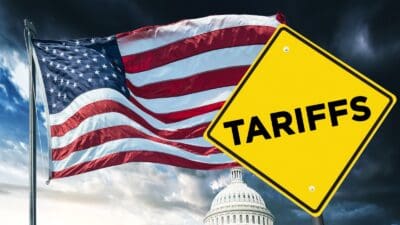Banks are traditionally seen as income stocks, but Royal Bank of Scotland Group (LSE: RBS) (NYSE: RBS.US) doesn’t currently pay dividends, thanks to the taxpayer-funded bailout it received during the financial crisis.
Despite this, as investors, we need to have an idea of what kind of return we might be able to expect from RBS shares, over the long term.
Ideally, individual share purchases should offer a total return in excess of 8%, the long-term average total return from UK equities, to justify the extra risk and complexity of an actively-managed portfolio.
Should you invest £1,000 in Berkshire Hathaway right now?
When investing expert Mark Rogers has a stock tip, it can pay to listen. After all, the flagship Motley Fool Share Advisor newsletter he has run for nearly a decade has provided thousands of paying members with top stock recommendations from the UK and US markets. And right now, Mark thinks there are 6 standout stocks that investors should consider buying. Want to see if Berkshire Hathaway made the list?
In this article I’m going to look at the possible long-term returns from RBS shares, based on what we know today.
51% future upside?
As I write, RBS shares are trading at 327p, putting them at a 24% discount to the bank’s net tangible asset value per share of 431p — the theoretical value that would be realised if the bank was broken up and sold.
In contrast, Barclays currently trades at 14% discount to its net tangible asset value, while Lloyds Banking Group trades at a 45% premium to its tangible asset value, thanks to the widespread expectation it is about to announce a generous dividend policy.
Barclays’ and Lloyds’ collective valuation is 15% above their tangible net asset value. By applying this valuation to RBS, I get a share price of 495p — 51% above the bank’s current share price, suggesting that patient RBS shareholders could see big rewards over the next few years.
What about dividends?
An alternative way of valuing RBS would be to consider what its dividend policy might be, when it’s allowed to start paying dividends again.
Analysts’ forecasts suggest that both Lloyds and Barclays may pay out 34% of their 2014 earnings as a dividend. If RBS were to adopt a similar policy, along with a 10% annual dividend increase, then my dividend valuation model suggests that it could deliver 13% annual returns.
If we assume that 3-4 years is a realistic timeframe for RBS to return to private ownership and start paying dividends again, then a 13% annual return could equate to a total return of approximately 50%, by the time that RBS’s nationalisation had been fully reversed.
Both of my models point to the possibility that RBS shares could deliver a 50% gain to shareholders over the next few years, and I think this is realistic.







